Author: April Lin, Chairwoman
Tempered in the Gobi: From Collapse to Excellence — A Leadership Practice in Team Resilience
2025-10-08
Tempered in the Gobi: From Collapse to Excellence — A Leadership Practice in Team Resilience
Prologue: The Aspiration and the Anchor in the Wilderness
Carrying a poetic yearning for Dunhuang’s vast desert — “the long river glows under the setting sun, and the lone smoke rises straight” — mixed with curiosity and a touch of awe toward the legendary “Gobi Challenge,” I embarked on this journey called Action Leadership. Before departure, rationality outweighed romanticism. I knew well this would be no leisurely trip. Thus, I set two simple yet stubborn goals for myself: first, no matter what, to complete the entire route with my own feet — not missing a single step; second, never to slow the team down for personal reasons, and if possible, to contribute some positive energy and resilience to this temporary collective.
One goal pointed toward personal resilience, the other toward team responsibility. These two anchors, heavy yet grounding, became the ballast stones for every struggle and every moment of glory that followed.
Day One: Collapse — The Disarray of a “Group” Without Leadership
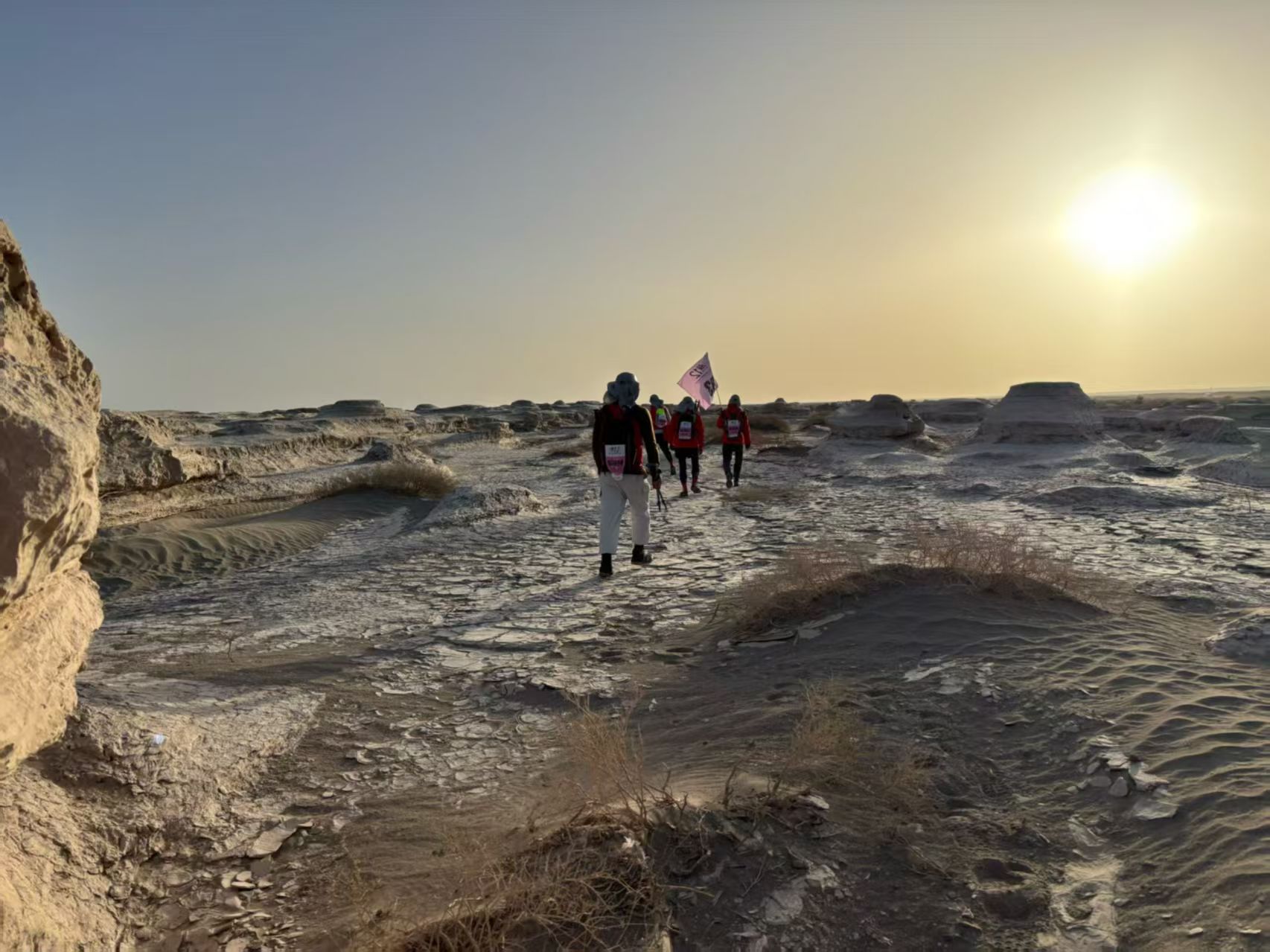
At the opening ceremony, Professor Li delivered an insightful lecture on the Four Dimensions of Leadership and the core challenges of teamwork. Yet before those theories had time to settle in our minds, we were thrown straight into the Gobi — the furnace of practice.
Our hastily assembled team was called a “team,” but in truth, it was a textbook example of a “group.” With no mutual understanding of each other’s character, stamina, or background, we hurriedly elected a captain — a kind and agreeable “nice guy.” His election stemmed not from demonstrated capability, but from the desire to quickly complete an organizational formality in an unfamiliar environment.
Thus began our 26 km of chaos — a perfect demonstration of the “Five Dysfunctions of a Team” that Professor Li had described. We were like sand scattered by a fierce wind:
Absence of Trust — We knew nothing about one another, much less trusted each other. Each person wore an invisible suit of armor, hiding fatigue and weakness, afraid of being judged. The result: everyone fought their own battle — the strong forged ahead, the struggling lagged far behind — stretching our “team” into a long, broken line.
Fear of Conflict — Superficial harmony killed all productive debate. When our captain vaguely proposed “let’s aim to be the fastest,” no one questioned it. We collectively ignored the nuanced scoring rules — where teamwork, environmental awareness, and strategic choices were actually worth more than speed. This lack of analytical precision doomed our strategy from the start.
Lack of Commitment — Decisions about how to proceed were vague and tentative: “Should we slow down?” “Maybe take a break?” Communication was full of uncertainty, lacking firm commitment. Each interpreted decisions differently, leading to chaotic execution.
Avoidance of Accountability — Personal goals diverged sharply from team goals. When results fell short, the phrase “I’ve done my best” became a convenient shield — implying “I’ve handled my part; the team’s failure isn’t my fault.” The dam of responsibility collapsed under the flood of individualism.
Inattention to Results — Ultimately, we finished dead last due to a fundamentally flawed strategy. The result sheet hit us like a slap in the face, snapping us out of our collective delusion.
That night’s review session was heavy. Guided by our coach, we began painful self-reflection. Only then did we realize we had fought a battle without knowing why we were fighting. Without a shared vision, lacking communication and decision-making structure, our so-called team had crumbled at the first sign of adversity. Failure, at that moment, was both the most painful and the most necessary awakening.
Day Two: Reversal — The Birth of an Excellent Team Amid Crisis
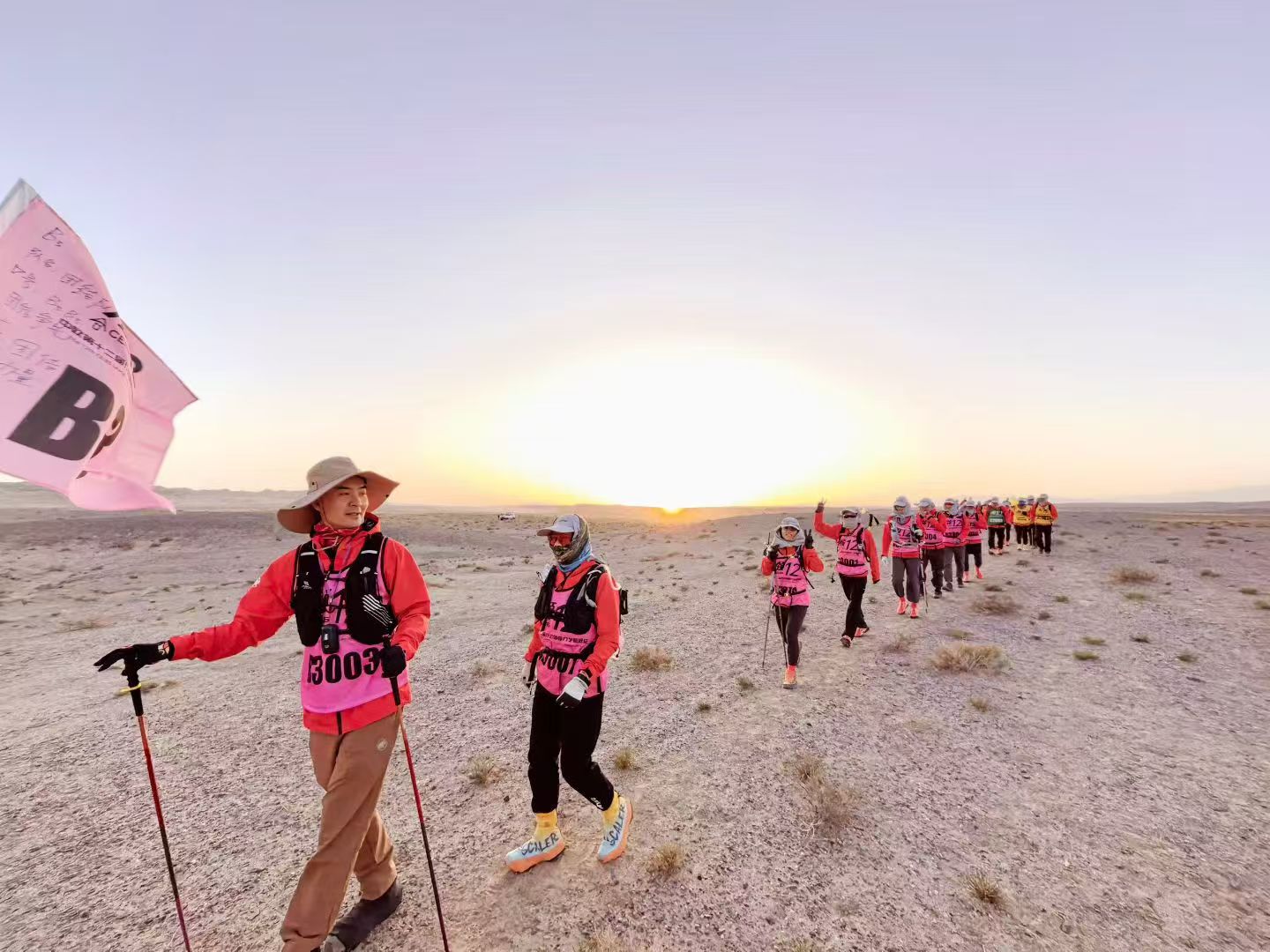
Failure is the best teacher. After a night of reflection and recalibration, a profound transformation quietly — yet swiftly — took place within our team the next morning.
First, leadership emerged.
Our teammate Shugang, who had previously stayed out of the spotlight, stepped up to assume responsibility. His leadership did not stem from title but from action and conviction. He was no longer the “peacemaker” from day one, but a decisive core of direction. He led by example, carrying the heaviest load when fatigue peaked, showing everyone through action: “We are in this together.” He clearly articulated the possibility and the path to victory, igniting our collective courage and hope. Later, I learned his influence had greatly enhanced our team’s psychological capital, as defined by the HERO model:
· Hope: He showed us that a comeback was possible.
· Efficacy: Through smart task allocation, he made everyone believe, “We can do this.”
· Resilience: He embodied endurance itself, inspiring us all.
· Optimism: Even at our lowest, he kept faith alive.
Next came strategic clarity.
We abandoned the obsession with speed and adopted a precise “score-first” strategy. We dissected every rule, quantified each scoring item, and mapped it to a concrete plan. A three-person decision committee was formed, using a “two-out-of-three” quick-vote mechanism — marking our shift from chaotic “person-based” decisions to structured “system governance.” Efficiency soared, and because decisions were made transparently, commitment across the team deepened.
The most decisive leap came through our ESG project.
It required investing a large portion of our virtual “funds” into an environmental initiative — high risk, high reward. After intense debate, we unanimously decided to take the gamble. This was no longer a leader’s command nor a reluctant compromise — it was a collective, fully committed choice. When that decision led to a dramatic comeback and propelled us to victory, we experienced not just triumph but the thrill of what one might call “riding the winds of fortune.”
This taught us a critical truth: in life and business alike, timing, alignment, and luck all play vital roles — and sometimes, a bold, strategic gamble is the only path to excellence.
Day Three: Excellence — The Miracle of Deep Trust
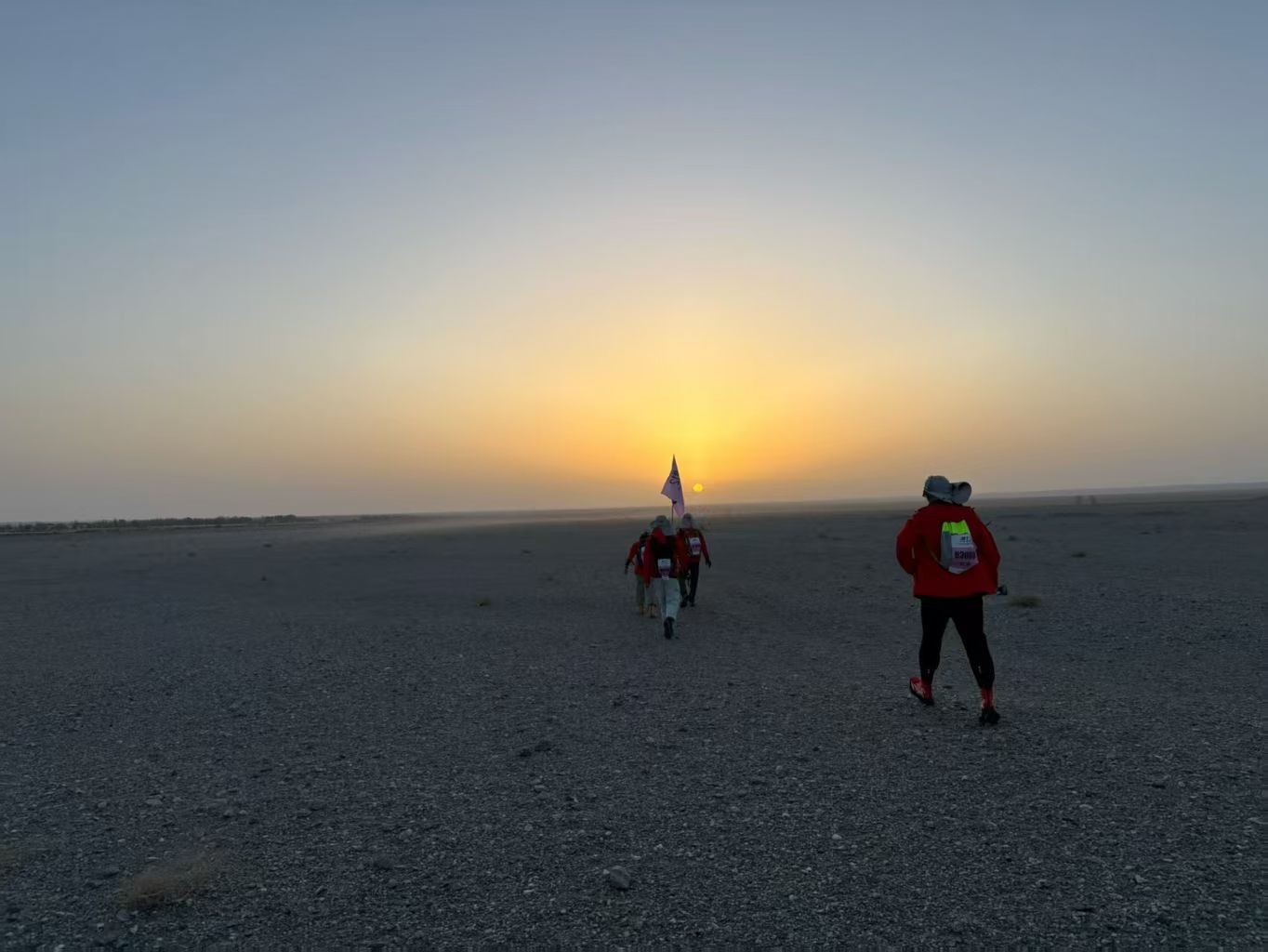
By the third day, our team had reached a state of harmony. Trust was no longer a concept; it had become instinct — flowing through our veins. Words were no longer needed; a glance or gesture was enough.
Guided by our clear and burning goal — to win the championship — we crafted a precise tactical plan: maintain a steady 9-minute-per-kilometer pace for the final 30 km. It felt like a military mission, and we were a self-disciplined special ops unit.
Throughout the journey, our capacity to bear and support reached its peak. The stronger members carried more weight and cheered for the weaker ones. Those with steady rhythm led the pace; the observant ones scouted the terrain and managed supplies. We moved as one — a living, breathing organism of interdependence.
When we finally crossed the finish line, looking back over the Gobi that had once defeated us, I felt a profound understanding of the four dimensions of organizational resilience fully embodied in us:
· Vision: A shared, blazing goal — the championship — serving as our North Star.
· Endurance: Unconditional trust and support forming our foundation.
· Bounce: Rising from defeat, stronger and steadier than before.
· Surpass: Turning adversity into triumph, transforming setbacks into our crown jewel.
Reflections from History: The Vision and Scale of Leadership
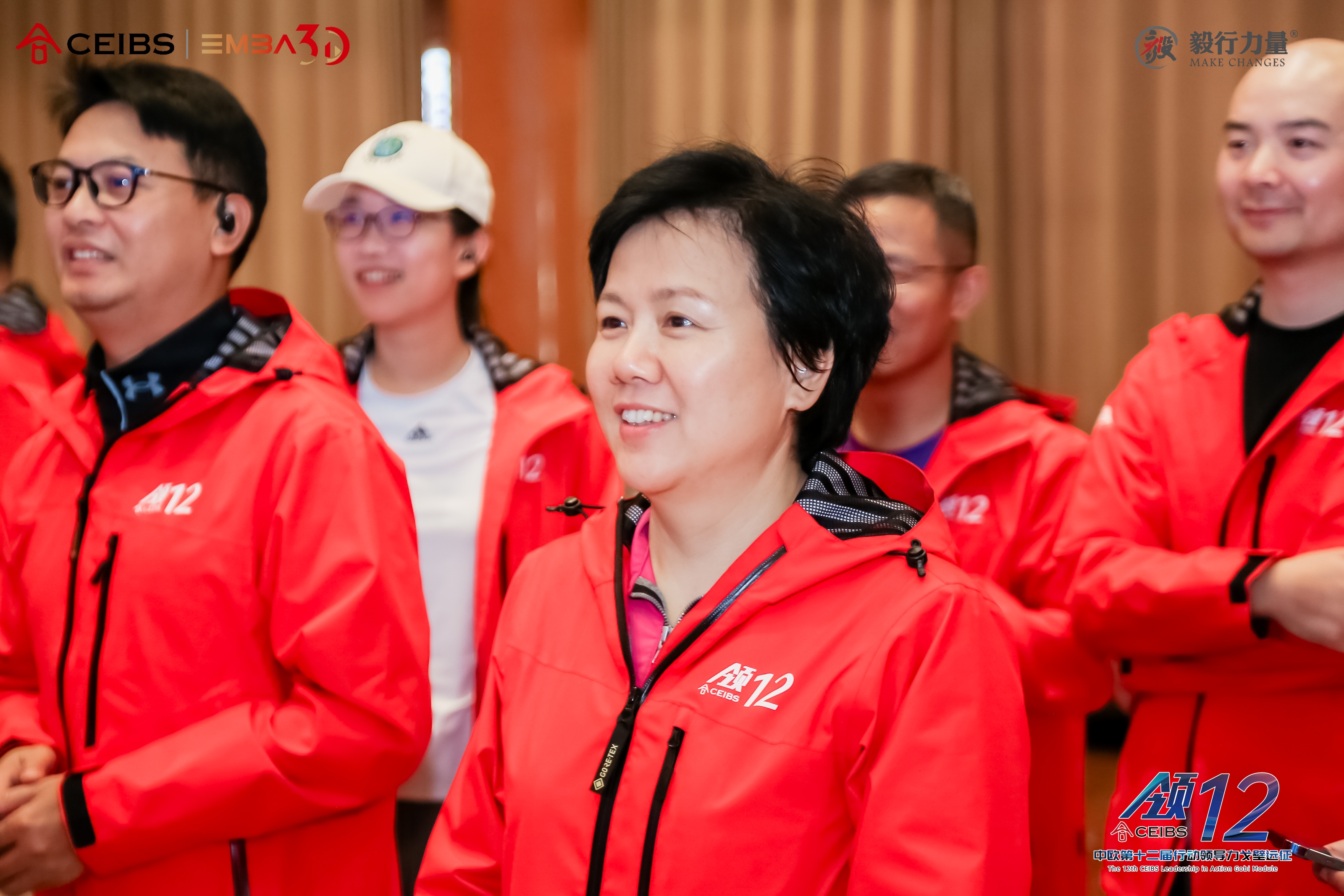
After the course ended, watching The Qin Empire Epic, I gained new insight. In one scene, King Ying Zheng of Qin, during a military parade, vows to “unify the Six Kingdoms.” It was not mere ambition, but a grand vision that attracted talent from across the realm — Zhang Yi, Fan Ju, Li Si, Wang Jian — all drawn by that shared mission.
In contrast, another scene where King Zhuangxiang rebukes Queen Dowager Huayang reveals why she could never be a true leader — her limited vision. Obsessed with palace rivalries and personal gain, she was trapped in the “small self,” blind to the greater good of the realm.
This perfectly mirrors what I learned from the Gobi:
A great leader must transcend ego and self-interest, guided by vision and the collective good. Our team, too, only unleashed its full power when we shifted from “not dragging others down” — a small self — to “fighting for the team championship” — the greater self.
Epilogue: Unity of Knowing and Doing — Moving Forward with Resolve
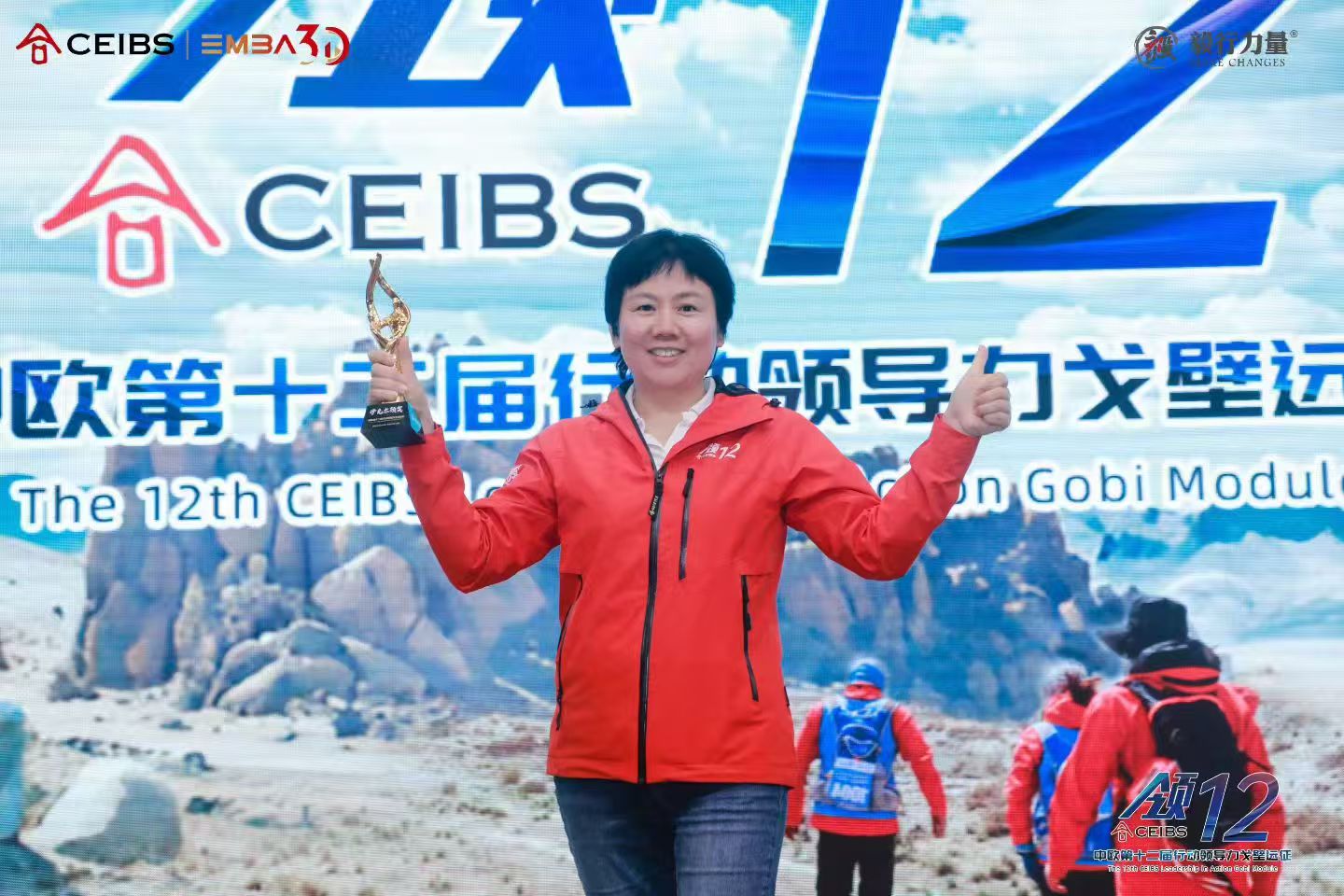
The Gobi journey was a profound embodied learning experience — not from any book I’ve read, but more impactful than any theory. It taught me that an excellent team is never born; it is forged — through crisis, through clear leadership, shared vision, effective decision-making, and a culture of shared responsibility.
More importantly, it shattered my self-limiting beliefs. I discovered I am capable of far more than I imagined — and that the team’s glory means more than personal comfort. I understood deeply: personal resilience is the cornerstone of team resilience.
In the future, I will apply the energy and wisdom drawn from the desert to every “Gobi” we face in real work. I will practice our “Gobi Review Method,” encouraging open, honest reflection when projects hit bottlenecks. I will start by sharing my own vulnerability — the confusion and anxiety of our first day’s failure — because I now know: a leader’s honesty and vulnerability are the most powerful tools for building deep trust and inspiring followers.
Together, we will face challenges, seek solutions, and ultimately, walk the great journey from “me” to “we.”
recommended for you
no data
Get in touch with us
Shortcut links
Products
Contact with us
Add:
Building 8&9&12,Electronic Information Standardization Factory,Susong Economic Development Zone,Anhui Province ,P. R .China.
Building 8&9&12,Electronic Information Standardization Factory,Susong Economic Development Zone,Anhui Province ,P. R .China.
R&D center: Headquarters Dongguan
Manufacturing center: Susong, Anqing, Anhui
Copyright © 2025 Anhui linkeycon Electronic Technology Co.,Ltd. | Sitemap | Privacy Policy






